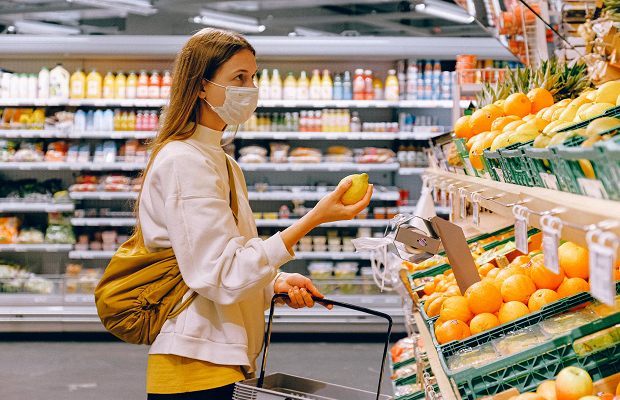Supermarkets and DIY stores maintained the highest store footfall during lockdown, but the virus pandemic has sped up the switch to digital, with an in-store focus on buying not browsing, according to new research.
Mobile-first advertising company TabMo has launched its full research study into the UK’s shopping habits.
The aim of the research is to make sense of consumer behaviour both before and during the coronavirus lockdown to help brands and advertising agencies plan their short and mid-term retail marketing strategies during these exceptional times.
UK Shopping Habits Before, During and After the Coronavirus Lockdown covers nine retail sectors, with examples of key findings as follows:
- Supermarkets
70% of people continued to shop in-store during lockdown.
- Health, Beauty & Cosmetics
73% of people who previously visited these outlets are set to return to them in person.
- Fast Food
60% of men (aged 18-34) who visited fast food restaurants regularly pre-pandemic switched to online ordering during lockdown; this compares to 34% of females.
- Coffee Shops
72% of pre-lockdown café visitors are likely to return to these outlets in person, with 79% of these likely to do so within a month of it being safe.
- DIY / Homeware Stores
After supermarkets, this sector had the highest in-store visitation rate during lockdown (potentially as it was one of the first to reopen). However, 27% of frequent visitors took their business online, while 42% not visiting at all.
- Department Stores
Before lockdown, parents were more likely to visit department stores than people without children. This sector had a low uptake of online visits during lockdown, but can expect to see 94% of footfall returning by the end of September.
- Fashion Retailers
Pre-lockdown, 50% of people visited fashion stores in person, despite the ease of buying online, with the majority of frequent visitors shopping in person in store at least three times a month.
- Car Showrooms
With infrequent high ticket, purchases, this sector saw the lowest churn from offline to online, indicating the importance of getting the post-lockdown in-store experience right. People often travelled to showrooms using pushbikes.
- Luxury Fashion, Jewellery & Accessory Boutiques
68% of people visiting these stores before lockdown did so at least once a month. During lockdown, females were more likely to shop online, while males preferred the in-store experience where possible.
In terms of overall perceptions, TabMo’s research indicates that while many predict the switch to e-commerce will be permanent (with the pandemic accelerating a trend we were already seeing), the physical store will still be an essential part of the shopping experience. However, it seems likely that shopping will become less social, with a focus on buying not browsing.
Shanil Chande, head of agency sales at TabMo says: “Our remit is to work with our clients to make informed decisions that will deliver the best returns on their advertising budgets. The shifts in consumer attitude and behaviour as a result of the pandemic call for renewed insight and intelligence, which we have aimed to deliver with this in-depth research report.”
TabMo commissioned data and insights company Dynata to carry out the study. Dynata surveyed a representative sample of adults aged 18 years or older across the UK through its proprietary online research panel. A total of 500 interviews were carried out between 5th and 11th June 2020.

